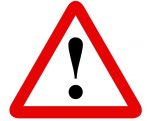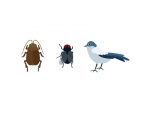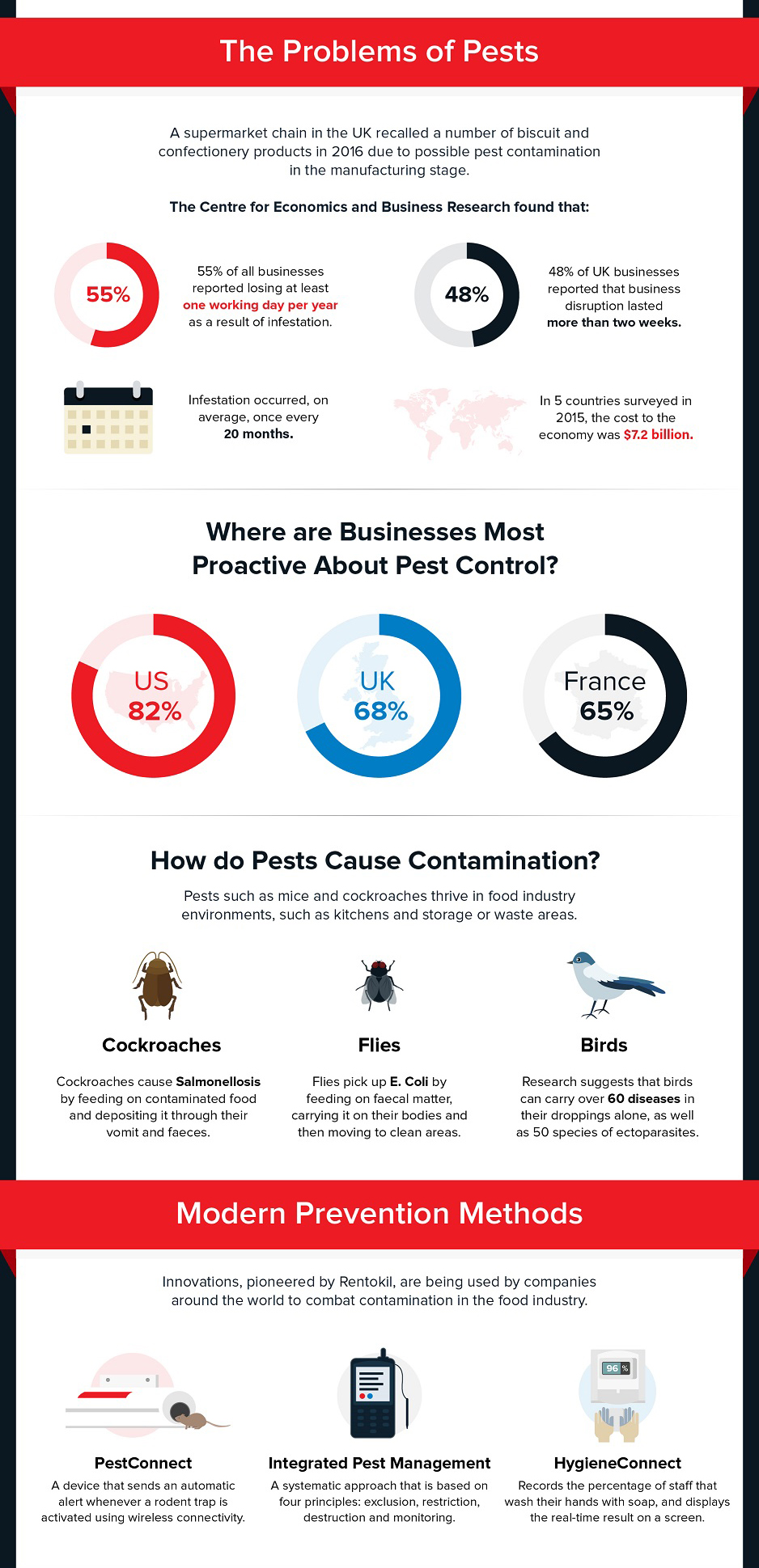Food companies have to manage a variety of pests seeking harborage, food, water and other resources in their facilities. Among these pests, flies can be some of the most difficult to manage. Frank Meek, technical services manager for Orkin and board-certified entomologist with 36 years’ experience in the food industry, shares strategies to you can take to mitigate the risk of flies in your food facility.
Why are flies such a problem for food companies?
Meek: Flies are prolific breeders, carriers of multiple potential pathogens, vectors of contamination and a costly pest for food manufacturing and processing facilities if not handled appropriately. One female fly can create hundreds of eggs in five or six days and potentially introduce many microorganisms and pathogens.
Which types of flies pose the greatest risk to food establishments?
Meek: The types of flies most likely to impact food-handling establishments are:
- “Filth” flies, which can transmit bacteria and other pathogens to surfaces
- Attracted to odors first, then food waste, organic build up, sewage and feces
- g., house flies and blow flies
- “Nuisance” flies, which typically do not transmit pathogens, but can still cause harm
- Attracted to overripe or decaying fruits, vegetables or other organic materials
- g., fruit flies, drain flies and phorid flies
How can you keep flies from entering your facility?
Meek: Flies don’t need a lot of space to get in and out of buildings. They typically enter buildings through frequently opened doors and improperly sealed openings such as drains/pipes, ventilation systems and windows. Because of this, exclusion—using preventive methods to help eliminate pest entry points—will help to keep flies out.
- Seal any unplanned cracks, holes and crevices as soon as you notice them to avoid pests accessing your building.
- Seal all doors and windows with weather stripping.
- Limit direct lighting around the entrances of your facility.
- If you must have lighting near the entrances, use sodium-vapor light bulbs, as these are less appealing to insects than fluorescent bulbs (which draw pests in, especially at night) or indirect lighting.
The best way to deter flies is to seek a pest control provider that offers an Integrated Pest Management (IPM) program. A successful IPM program is proactive, environmentally conscious and addresses the reasons pests are attracted to your facility. IPM is a team effort between you and your pest control provider. Once implemented, your IPM program should be reviewed at least annually with your pest management professional to ensure continued improvement.
How can facilities improve sanitation methods to prevent infestations?
Meek: Ensure you have a rigorous sanitation routine that addresses high and low pest-pressure areas within your facility. If you already have a schedule, work with your pest control provider to review it so it includes the following:
- Keep dumpsters and trash cans as far away from the facility as possible.
- Work with your waste management company to routinely clean or rotate your dumpster.
- Install odor control devices where needed to eliminate foul smells that might attract flies.
- Remove trash, debris and food from areas like employee lockers or breakrooms multiple times throughout the day.
- Keep tight lids on interior trash receptacles, change the liners daily and regularly clean out the bottom of the bins.
- Sanitation teams should also regularly clean machinery that handles food, as joints and crevices can build up organic matter and attract pests.
If you have a fly infestation, how do you get control of that and reduce future issues?
Meek: There are several steps you can take to control and prevent infestations. They include:
- Sanitation Routine: should be rigorous to help eliminate fly eggs, habitats and attractants
- Work with your pest control provider to review your current cleaning program and make any needed changes to frequencies.
- At times, non-residual and / or residual pesticide application may be needed to help reduce populations
- Traps and Fly Lights: monitor the efficiency of your overall fly control program, but they are not a complete control option
- Mechanical traps can be used in many areas of your facility. Your pest control provider can work with you to determine the best locations and type of device needed.
- Installing fly lights will allow you to monitor fly activity.
- Employee Training: can help catch pest issues before they become a bigger problem
- Work with your pest control provider to train your staff on how to spot and report signs of pest activity.
- Most pest control providers offer complimentary staff training that clarifies the role your employees play in preventing pest infestations.
Want to learn more about how flies can affect food-handling businesses and what you can do to protect your products and employees? Download Orkin’s No Fly Zone Fly Prevention for Food Processors ebook.










